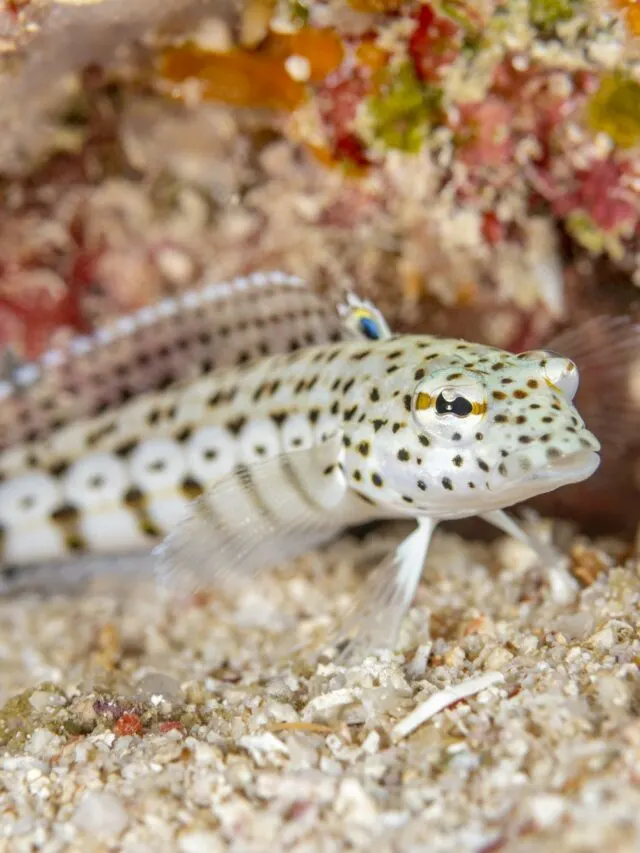The world’s tiniest fish is the Dwarf Pygmy Goby – but size isn’t everything, this fish is still an impressive predator.
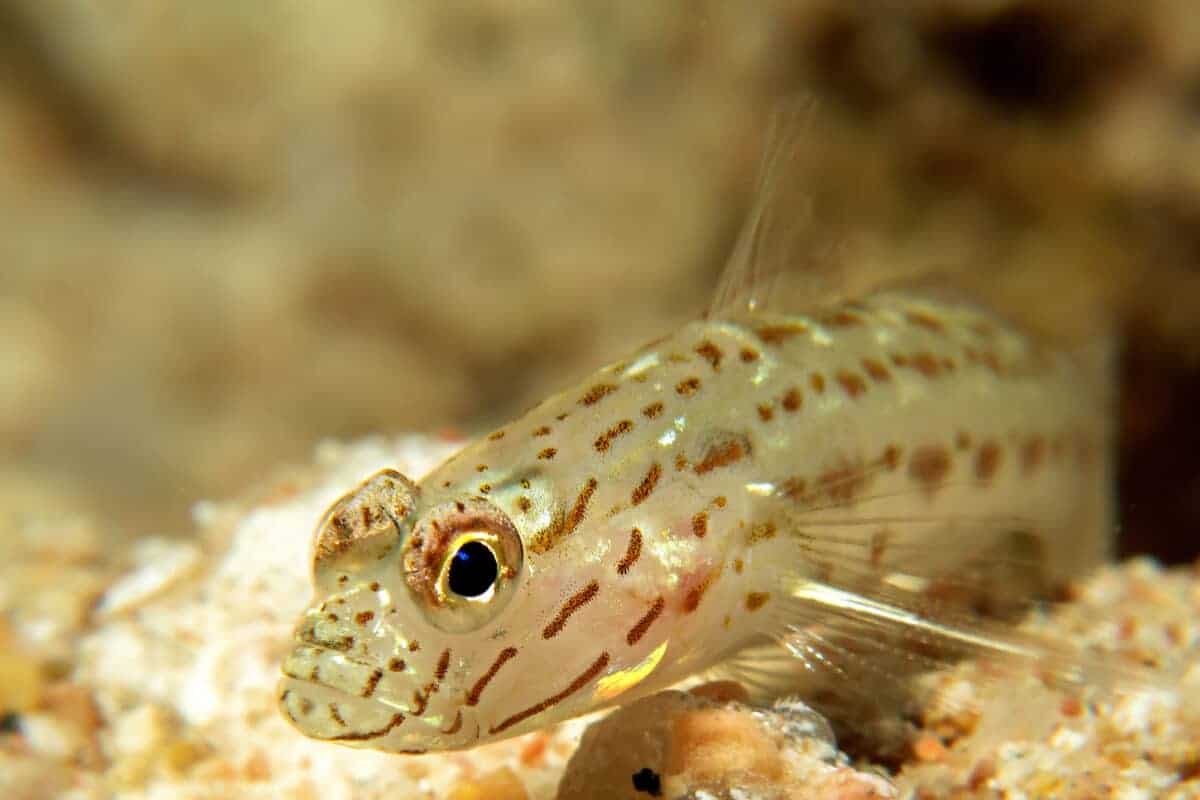
If you have a fascination for the world beneath the sea, you know just about how incredible the variation among fish species is! In fact, it is estimated that 32,000 fish species currently exist. This is more species than mammals, reptiles, birds, and amphibians combined.
One type that stands out amongst all of these incredible fish species is the smallest fish in the world (or in the sea, rather) – say hello to the Dwarf Pygmy Goby!
This seemingly tiny creature, the smallest species in its family, packs an intriguing punch. It is becoming increasingly popular among individuals who are intrigued by the captivating world beneath the surface of ocean waves.
Explore further and discover more about this miniature member of the sea life family!
Key Points
- Dwarf Pygmy Gobies are the smallest species in their family, reaching a maximum length of 0.5 inches.
- They have a pale yellow to translucent body with brownish-red markings.
- Dwarf Pygmy Gobies are omnivorous and are impressive predators despite their tiny size.
- Their natural habitat includes saltwater environments, particularly coral reefs and tidal areas.
- Creating an aquarium environment for dwarf pygmy gobies requires careful planning with substrate, filtration, hiding spaces, and live plants.
- Common health issues in dwarf pygmy gobies include parasitic and bacterial infections.
Overview of the Dwarf Pygmy Goby
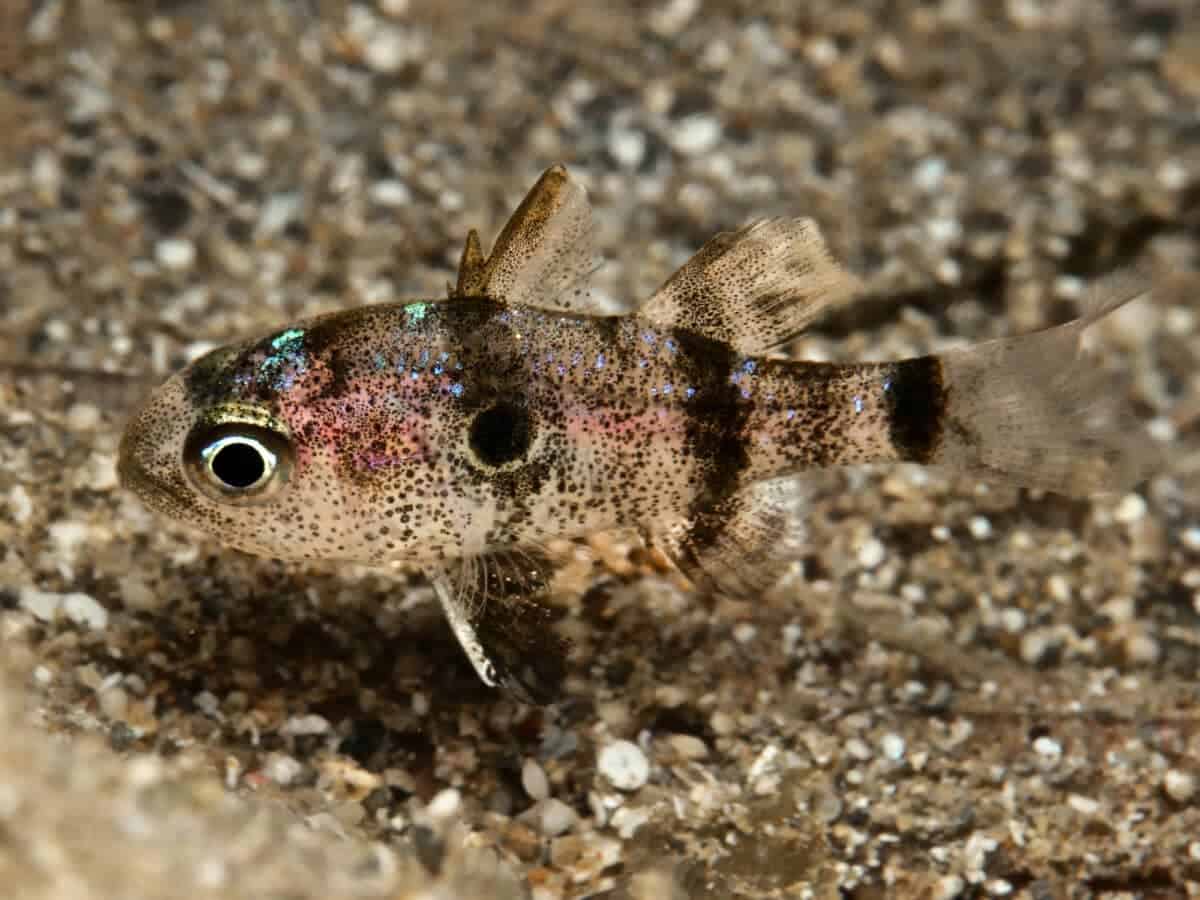
Anatomy
- Size: The Dwarf Pygmy Goby is the smallest species in its family, growing up to only 0,5 inches long. (Read about another record-breaking sea resident here.)
- Color: Their color can vary depending on their habitat, but usually, they have a pale yellow to translucent body with brownish-red markings.
- Fins: This marine creature possesses a pair of dorsal fins, a single anal fin, and a caudal fin that is rounded in shape.
- Habitat: They have a flattened head and body, which makes them ideal for living in crevices and small spaces.
Diet
- Omnivorous: They possess an omnivorous diet, indicating their consumption of plant- and animal-based nourishment.
- Algae: They feed on different types of algae growing on rocks and coral.
- Small Invertebrates: They also consume small invertebrates and crustaceans that live in the same environment.
- Adaptation: Because of their small size, they have adapted to eating small microorganisms, which they can filter from the water.
Habitat
- Saltwater: The Dwarf Pygmy Goby is a saltwater fish in the Indo-Pacific region.
- Coral Reefs: They can be found near or on coral reefs, where they can hide in small crevices.
- Tidal Areas: They also live in small tidal areas near rocks and crevices, where they can find food.
- Shallow Waters: These fish prefer to live in shallow waters, usually at a depth of less than 15 meters.
Creating an Aquarium Environment For Dwarf Pygmy Gobies
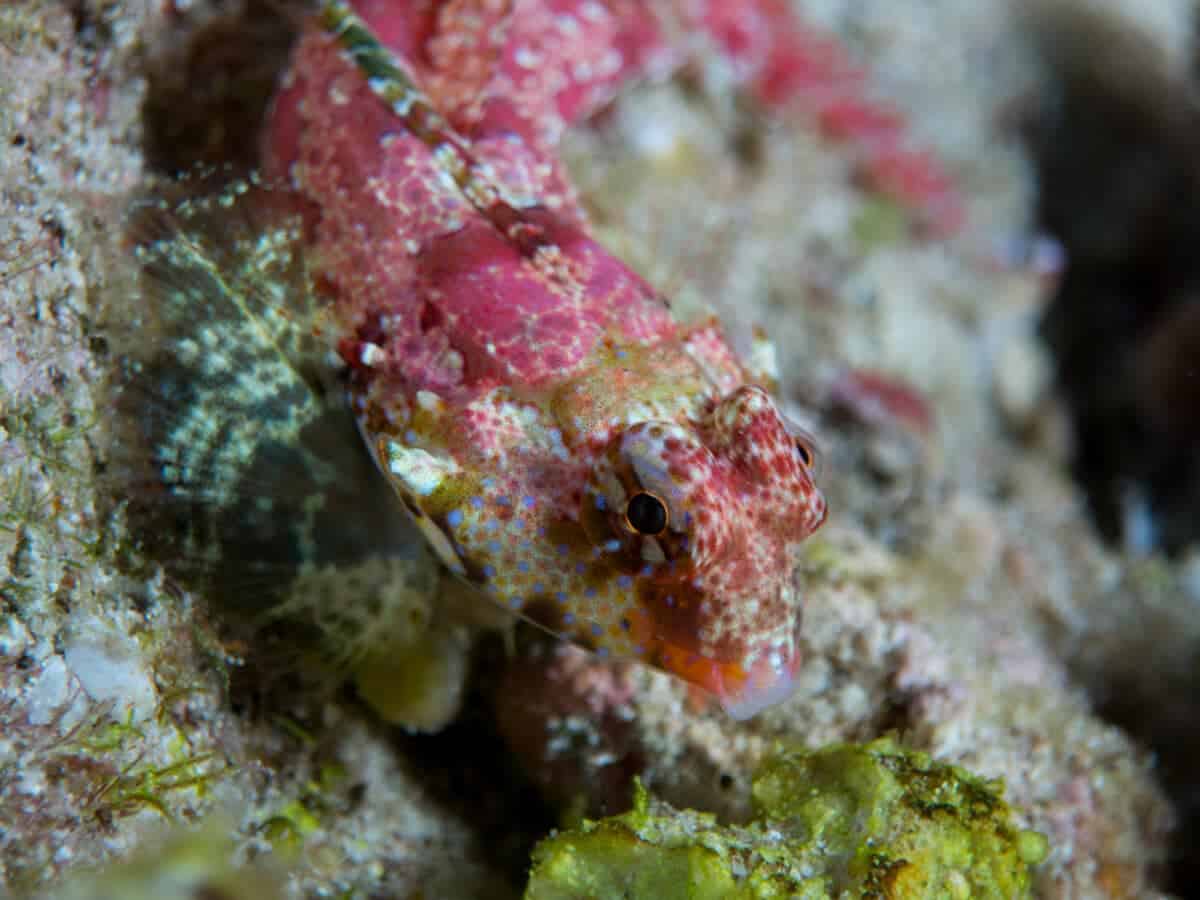
Setting up an aquarium for dwarf pygmy gobies requires careful planning. Still, the result will be a beautiful and fascinating addition to your home.
- First, select a tank that is at least 5 gallons in size, and add a layer of substrate on the bottom.
- Next, install a reliable filtration system to keep your water clean and healthy for your gobies. It’s important to include plenty of hiding spaces in the form of rocks and plants, as dwarf pygmy gobies love to hide and play.
- Finally, add some live plants to give your gobies a natural environment, and allow the tank to cycle before introducing any fish.
With the proper setup, you can watch your dwarf pygmy gobies thrive and enjoy their new home. If you’re looking for inspiration for your aquarium, read our list of the cutest fish in the world.
Tips For Proper Care and Maintenance of Dwarf Pygmy Gobies
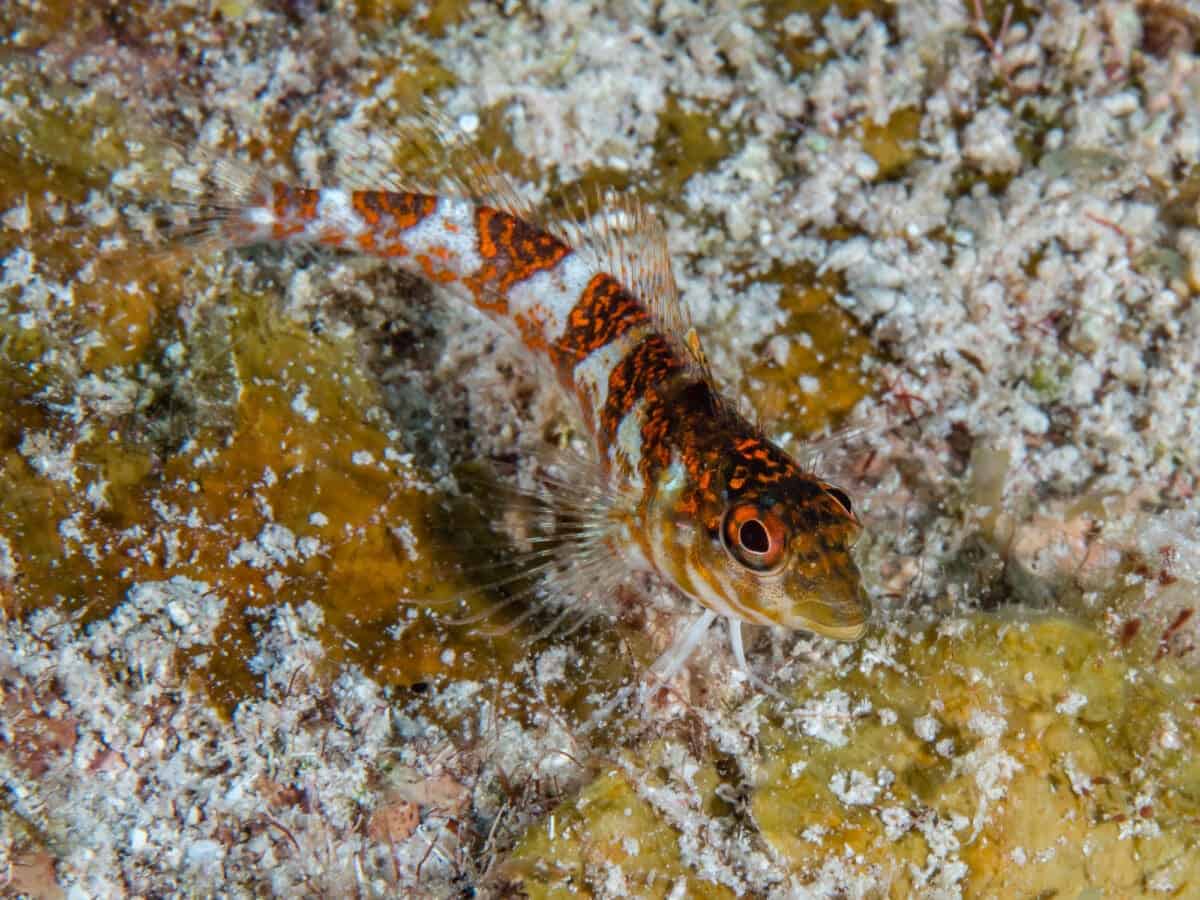
Ensuring the well-being and contentment of your Dwarf Pygmy Gobies requires diligent attention and proper upkeep.
Below are a few suggestions to assist you in this endeavor:
#1 Tank Size and Temperature
Dwarf Pygmy Gobies are tiny but need enough space to swim around. Keep them in a tank of at least 10 gallons and a temperature range of 76-80°F.
#2 Water Quality and Filtration
Poor water quality can harm your fish. Conduct regular water changes and maintain the pH levels between 7.0 and 7.8. Invest in a proper filtration system to maintain clean water.
#3 Decorations and Hiding Spots
Dwarf Pygmy Gobies love to hide, so provide enough hiding spots with decorations. Include plants, rocks, or caves in the tank.
#4 Lighting
Proper lighting is essential for the growth of plants in the tank. But avoid exposing your fish to too much light for extended periods, as it can stress them out.
Pros and Cons of Keeping the World’s Tiniest Fish
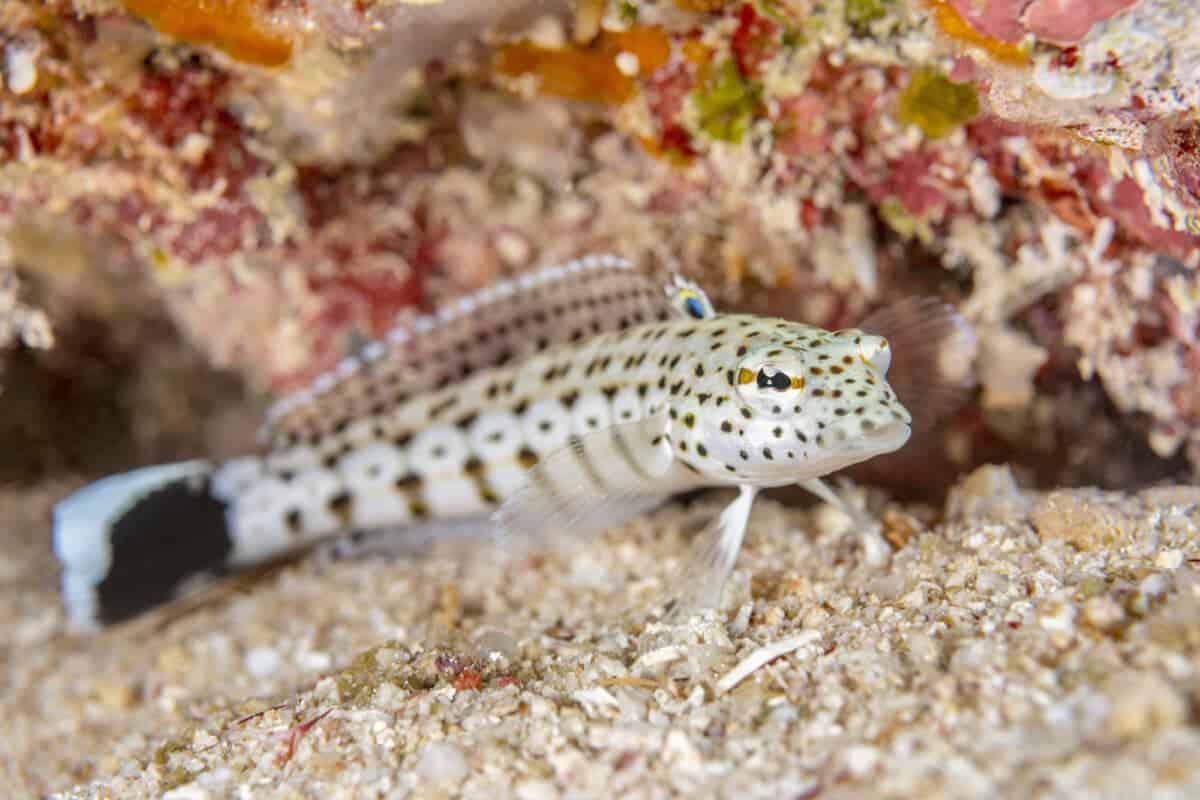
| Pros | Cons |
|---|---|
| 1. Fascinating addition to your aquarium | 1. Small size makes them less visible in larger tanks |
| 2. Beautiful coloration and markings | 2. Requires a carefully planned and maintained environment |
| 3. Active and engaging behavior | 3. Limited availability in the aquarium trade |
| 4. Suitable for small aquariums | 4. Feeding can be challenging due to their tiny size |
Common Health Issues In Dwarf Pygmy Gobies
Dwarf Pygmy Gobies may be small, but they still require careful attention regarding their health. Some common health issues for these fish include parasitic infections and bacterial infections such as fin rot.
Signs of these health issues can vary but may include scratching against objects, lethargy, and noticeable changes in tissue or colors on the fish. It’s important to monitor your Dwarf Pygmy Gobies closely and seek veterinary care if any concerning symptoms arise.
Maintaining a clean tank and a balanced diet can help prevent health issues and ensure a happy, healthy life for your little aquatic buddies.
Best Methods For Feeding Dwarf Pygmy Gobies
Dwarf Pygmy Gobies love a varied diet. Ensuring proper nutrition and selecting appropriate food options are crucial factors in maintaining a healthy lifestyle.
Here are some tips:
- 1. Feeding frequency: Feed your fish in small quantities 2-3 times daily. Avoid overfeeding, as it can harm your fish and pollute the water.
- 2. Flake Food: Dwarf Pygmy Gobies love to eat flake food. Feed them good-quality, protein-rich flake food suitable for their small mouths.
- 3. Frozen Food: Give your fish frozen food such as brine shrimp, bloodworms, or daphnia twice weekly. These foods are rich in nutrients that promote healthy and active fish.
- 4. Live Food: Dwarf Pygmy Gobies love to eat live food like worms, insects, and small crustaceans. But, they should be fed occasionally as a treat and in a limited quantity as it can cause digestive issues.
By following the above tips for care and feeding, you can ensure your Dwarf Pygmy Gobies live a happy and healthy life.
Fun Facts About The World’s Smallest Fish
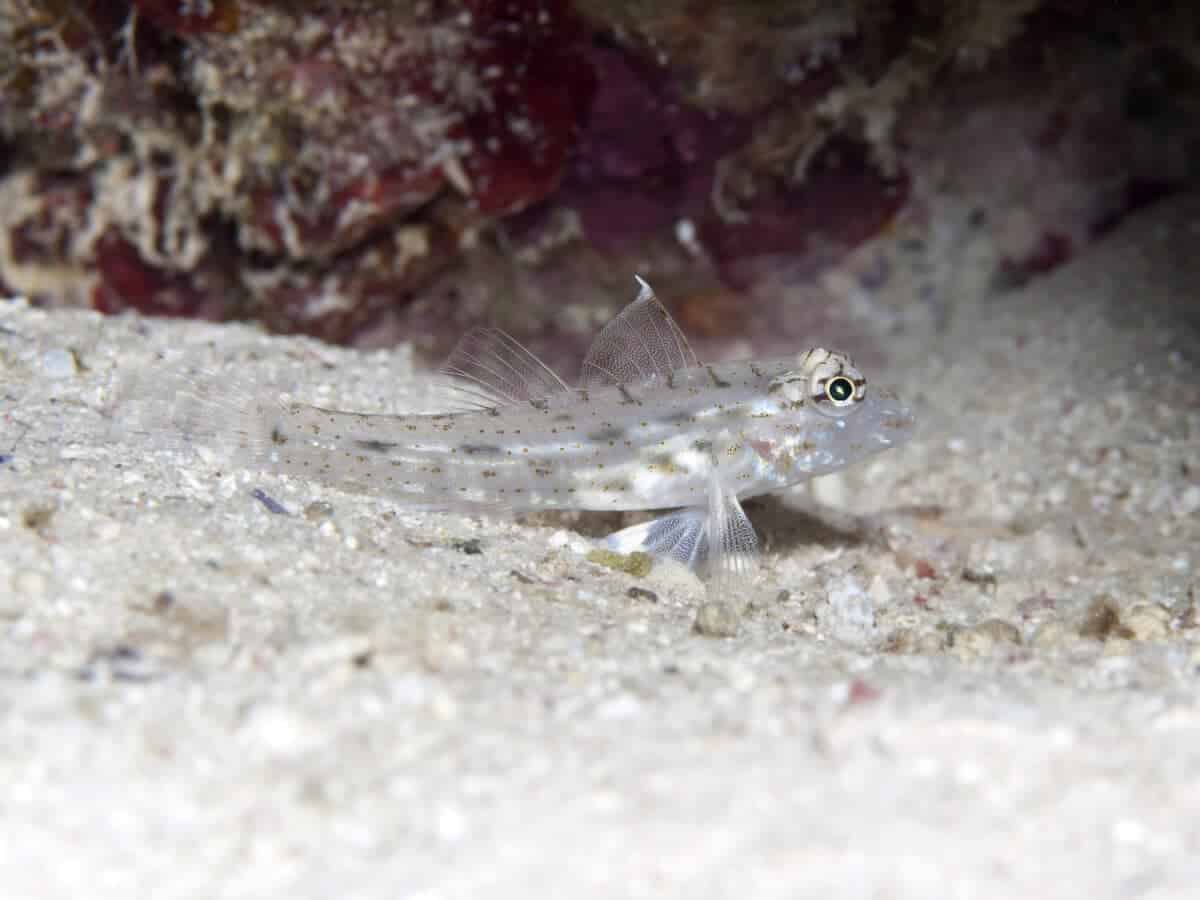
#1
The dwarf pygmy goby has a remarkable ability to change its color to blend with its surroundings.
#2
It is one of the smallest fish in the world, but its size doesn’t stop it from being a fierce predator.
#3
Dwarf pygmy gobies have exceptional memory and can remember the location of food sources.
#4
They have a specialized structure called a “pseudobranch” that helps them breathe in oxygen-deficient environments.
#5
They have a strong parental instinct, with both male and female gobies actively caring for their eggs.
#6
The world’s tiniest fish are excellent jumpers and can leap out of the water to catch flying insects.
The World’s Tiniest Fish: Wrapping up
Dwarf Pygmy Gobies are a remarkable species that offer an exciting glimpse into the diversity of marine life! With their minuscule size and vibrant colors, these gobies capture the imagination and draw us deeper into their realm.
Whether you’re a novice or an experienced aquarist, we recommend checking out our selection of Dwarf Pygmy Gobies – they’ll bring beauty and life to any aquarium setup while introducing you to a previously unknown world. As ocean explorers, we must be aware of all kinds of creatures to protect them properly.
Thank you for reading this article! Take another dive into our deep oceans and uncover all there is to know about sea urchins or discover some of the largest lobsters man has ever caught.
- Magpie Bird Is Reunited with Her Dog Best Friend - April 24, 2024
- Dog Saves Another Dog From Drowning in Fish Pond - April 23, 2024
- Man On Motorbike Rescues Cat From Highway - April 23, 2024

